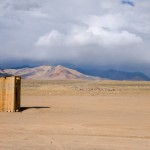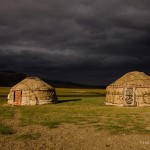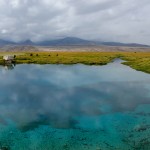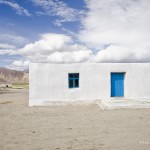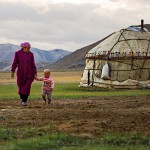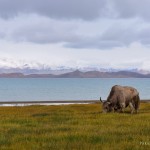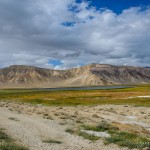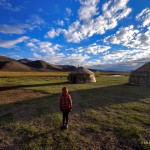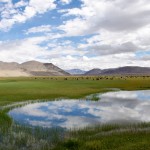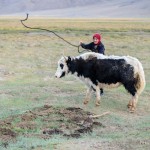Pamir National Park – A UNESCO World Heritage Site
Pamir National Park, better known as Tajik National Park, Tajikistan, has been listed as a UNESCO World Heritage Site since 2013 for its exceptional natural beauty. It is Tajikistan’s first world heritage site, home to a diverse array of wildlife, landscapes and habitats, from arid deserts and bottomless gorges to mountain lakes, open grasslands and snow-capped alpine glacial peaks. For those brave enough to explore this relatively undiscovered and earthquake-ridden section of the globe on foot, bike or by jeep, the rewards are tenfold.
Located in the eastern region of the landlocked country of Tajikistan, in the Gorno-Badakhshan Autonomous Oblast (GBAO) region, the dramatic landscapes of Pamir National Park are often referred to as Badakhshan National Park, Tajikistan. Because of its strategic location, it was an often-used ancient thoroughfare along the Pamir Mountain’s Silk Road.
Whatever name you go by – Pamir National Park or Tajikistan National Park – there is no denying how big it is. The park incorporates more than 18% of Tajikistan. To give you an idea of its size, that is a stretch of over 15,535 square kilometers! You will find the park tucked away at the heart of what is nicknamed the Pamir Knot, the term used to describe the meeting point of Central Asia’s tallest mountain ranges, including the Hindu Kush, the Himalayas, Karakoram, Kunlun and Tien Shan.
There is so much to discover within the borders of Tajikistan’s Pamir National Park. You will find the esteemed Pamir mountains, one of the tallest mountain ranges in Central Asia with some of its peaks towering over 6,000 meters above sea level. On top of its impressive Tajik mountains, there are around 170 named rivers and more than 400 lakes in the park – and that is only the beauty that has been recorded. So much remains largely untouched.
Highlights inside Pamir National Park include the 77 kilometer long Fedchenko Glacier, the longest glacier on Earth outside of the Polar regions as well as Sarez Lake, the biggest freshwater lake in all of Central Asia. Other points of interest in Tajikistan National Park include Karakul Lake, one of the highest elevated salt lakes on Earth and the mighty Ismoil Somoni Peak (formerly known as Stalin Peak or Communism Peak) which is the tallest mountain summit in the Pamir plateau.
Much of the park’s dramatic natural scenery has been formed as a result of thousands of years of earthquakes and tremors. Tajikistan National Park, also called the mountains of the Pamirs, is surrounded by still-active tectonic plates that has made the park a rather inhospitable place for humans. That being said, it is still home to thousands of species of incredible animals and the wildlife watching opportunities within Pamir National Park are astonishing, especially by Tajikistan standards.
You will be able to find a variety of Tajik wildlife within the realms of Pamir National Park, Tajikistan, from Siberian ibex and Marco Polo argali sheep to brown bears and snow leopards. For those interested in fishing, Pamir National Park’s rivers are home to an array of endemic fish. With all of that on offer, it is no surprise that Tajik National Park attracts hundreds and thousands of scientists, researchers, and biologists each year.
But it is not just professionals who seek the scenery of Pamir National Park. Many visitors come to this area of Tajikistan to test their boundaries and experience the abundance of adventures Pamir National Park has to offer. Test out your mountain climbing skills in the Tamir Mountains and trek up one of the impressive routes around the base of the Fedchenko Glacier.
The attractions of Pamir National Park in Tajikistan can be combined with many of Paramount Journey’s other Pamir highlights, such as trekking in Bachor, day hikes to Engels meadow, or trekking in the Madian Valley. Take a look at our tours and itineraries or chat to our experts today about planning your tailor-made trip.








